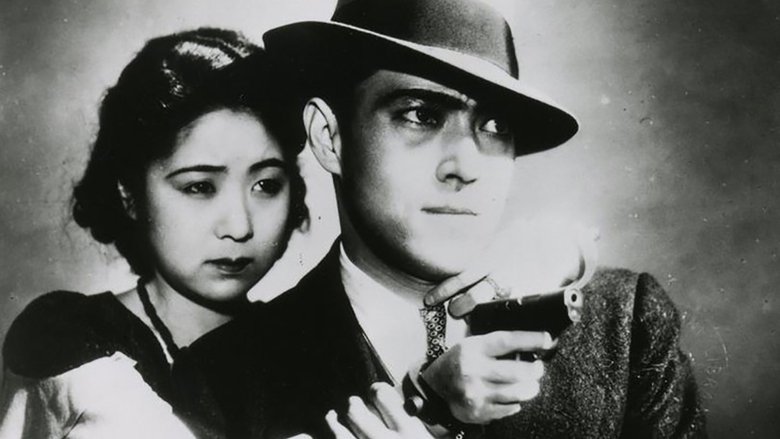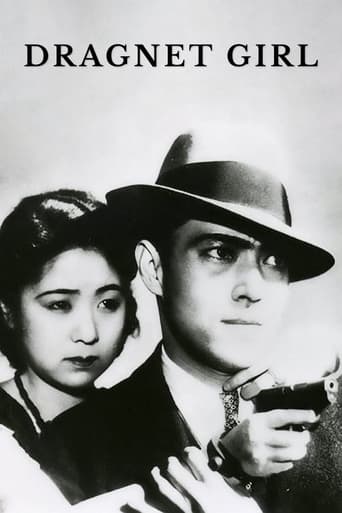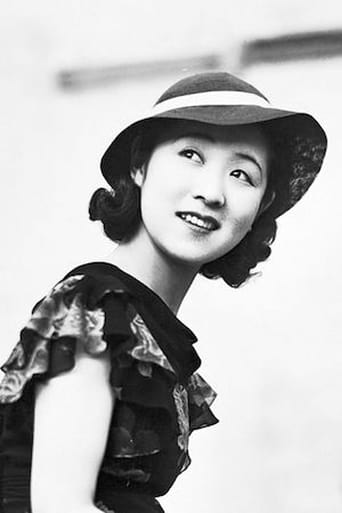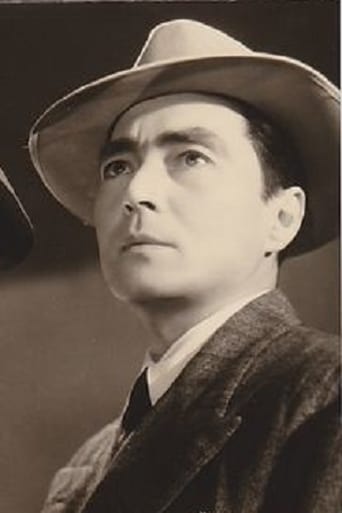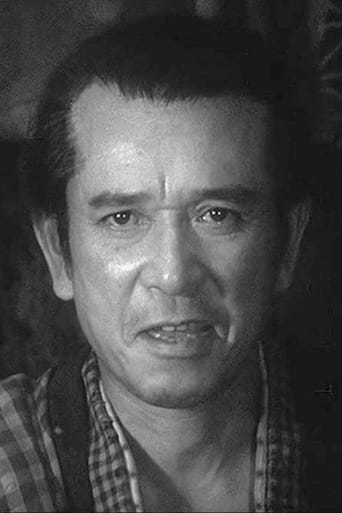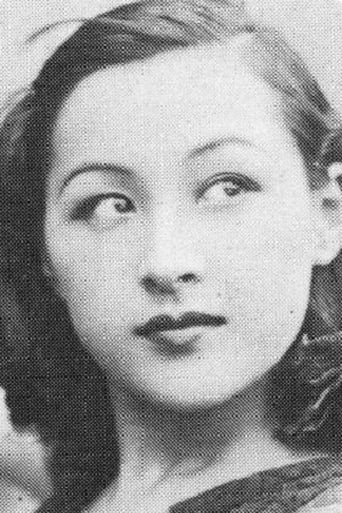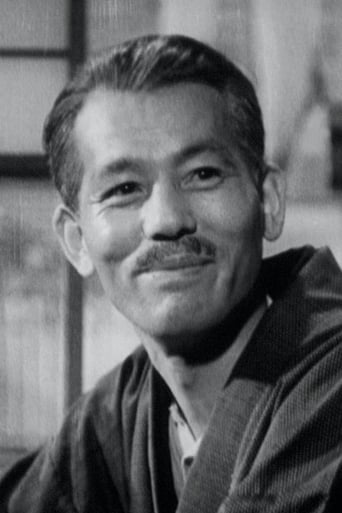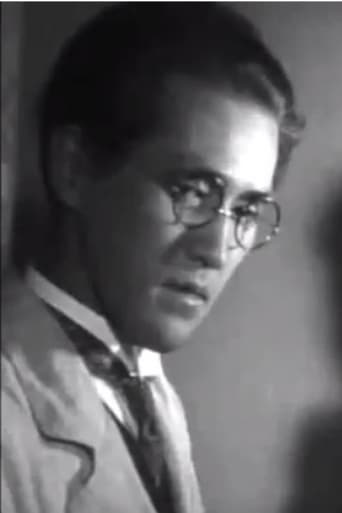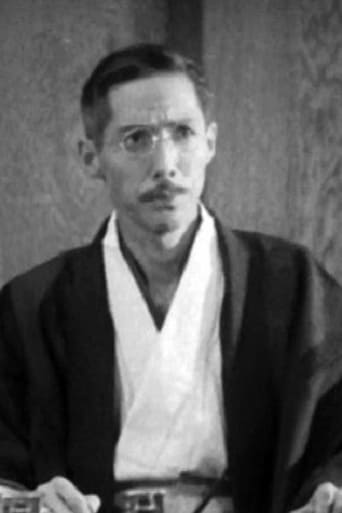A gangster tries to find redemption with the inadvertent help of an innocent shop girl and his jealous girlfriend will do anything to keep him.
Reviews
Too much of everything
People are voting emotionally.
A terrific literary drama and character piece that shows how the process of creating art can be seen differently by those doing it and those looking at it from the outside.
The acting in this movie is really good.
Kinuyo Tanaka works in an office, where she has caught the attention of the boss' son. She means to take him for a bundle, because after office hours, she's the moll of Joji Oka, a washed-up boxer and gangster. However, when Sumiko Mizukubo, a nice, old-fashioned shop girl, asks Joji to let her brother, Koji Mitsui out of their gang, the two lovers see a vision of a decent life. Is it beyond their reach?This movie gives the impression that Ozu was trying to shoot a movie half in the style of Joseph von Sternberg and half in the stye of Frank Borzage -- what would happen if George Bancroft in THUNDERBOLT met a Janet Gaynor character? Visually, it's very Germanic, with lots of half-lit faces and many tracking shots, nothing at all like the style Ozu would adopt after the War. The set design is typical for Ozu in this period, with lots of American posters on the walls.It has often been stated (which is a slovenly way to not have to cite sources) that Film Noir arose from filtering German expressionism through French Poetic Realism and American Pulp Mystery. Although it did not begin to take shape until the late 1930s, nor flower until the mid-1940s, there's an interesting early sideline in this movie, complete with a femme fatale who leads people to their doom -- who is a nice girl!
A gangster tries to find redemption with the inadvertent help of an innocent shop girl and his jealous girlfriend will do anything to keep him.Who knew there was the Japanese jazz scene, with men hanging out, smoking cigarettes and dressing like hoodlums -- it all seems so American, much like Ozu's "Walk Cheerfully" made Japanese gangsters circa 1930 look American. Maybe the "American gangster" is not such a strictly American thing after all.Of Ozu's silent crime films, this is the one that seems to be the most well known. At least, it is the only one that actually has a Wikipedia page (as of May 2015). This period needs more examination. There is more to world cinema in the 1930s than what most of us take for granted.
Yasujiro Ozu is today best known for his domestic melodramas. In the 1930s, however, he made a string of silent crime films. The best of these is "Dragnet Girl", a noirish, atmospherically shot feature about a typist (Kinuyo Tanaka) who moonlights as a gangster's moll.Influenced by Joseph Von Sternberg, and a giant homage to American crime dramas, "Dragnet Girl" boasts a style that is completely divorced from Ozu's later works. Sharp suits, deep shadows, fedoras, guns, girls, pool halls, audacious camera work and moody lighting, "Dragnet Girl's" a neo-noir years before the term "film noir" had even been popularised.7.9/10 – Worth one viewing. See Renoir's "The Beast".
Talking pictures came relatively late to Japan: it would be 1930 before a feature-length Japanese talkie was released, and silent films continued to be produced throughout the decade. Yasujiro Ozu's 1933 drama Dragnet Girl (Hijosen no onna, is no exception: in fact, it doesn't even feature a musical score. Dragnet Girl's power, however, derives from its consistently stunning imagery and distinctive mise-en-scène. Music and dialogue are definitely surplus to requirements.The story revolves around Joji (Joji Oka), a washed-up boxer turned hoodlum. Joji's former glory and current infamy has won him an admirer in the form of impressionable young 'Lefty' Hiroshi (Koji Mitsui), who has abandoned his studies and taken up smoking and snooker in order to emulate and ingratiate himself with his hero.Hiroshi's foolish lifestyle choices have upset sister Kazuko (Sumiko Mizukubo, only 16 at the time), a record store employee who opts for traditional kimonos and get-a instead of pencil skirts and high heels. Kazuko appeals to Joji, asking for his help in convincing her brother to straighten up and fly right.Her visit does not sit well with Joji's ultra-modern girlfriend, office girl Tokiko (Ugestu's Kinuyo Tanaka), who immediately senses competition. The jealous Tokiko, however, is not entirely faithful either: she's recently accepted a ring from her boss's son, who's clearly interested in her for reasons unrelated to her skills as a typist. Can Tokiko fend off his advances and keep her man away from Kazuko, or is a tragic ending inevitable? Dragnet Girl stands in stark contrast to Ozu's lighter family-oriented fare of the period (Tokyo Story; I Was Born, but ). It's been suggested that Ozu could have carved out a significant career as a noir stylist; based on the evidence herein, that's likely true.Elements of the classic film noir — a trapped hero, the interplay of light and shadow, the smothering atmosphere of a big city — abound. Dragnet Girl's world is one where smoky pool halls and boxing clubs sit on every corner, and where the printed English language is oddly ubiquitous (boxing, the walls tell us, is "the manly art of self defense", and signs advise pool players not to drop cigarette ash on the tables). Lucky Strike cigarettes and Nipper the RCA dog are also featured.In fact, Dragnet Girl could be set in any large American city's Little Tokyo. Whether or not this was Ozu's intent — or whether the director was merely acknowledging the influence of the American gangster film — I don't know. There may be a simpler explanation: the film is set in the port city of Yokohama. Perhaps those pool halls and boxing clubs were built with American sailors in mind.Cinematographer Hideo Shigehara bolsters Ozu's story with fluid camera work and an impressive mastery of deep focus. Space, structure, and inanimate objects (including clocks, scales, boxing gloves, gymnastic rings, and a very suggestive pool cue) are prominent features of Shigehara's work. Scenes in Tokiko's office echo King Vidor's The Crowd (1928), while some exteriors anticipate Alain Resnais' Last Year at Marienbad (L'année dernière à Marienbad, 1961).Not until the advent of the post-war yakuza genre — pioneered by Akira Kurosawa in such films as Stray Dog (Nora Inu, 1949), and further developed by directors such as Seijun Suzuki and Yasuzo Masumura — would gangsters again assume such prominence in Japanese cinema. This is where it all began, but Dragnet Girl is much more than a yakuza potboiler: it's simply one of the best silent films you'll ever see.
Top Streaming Movies











